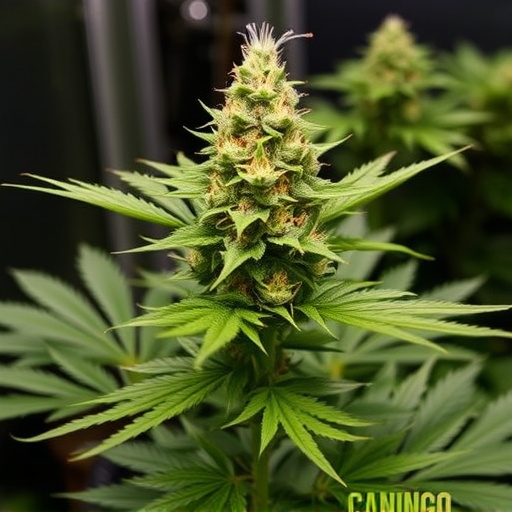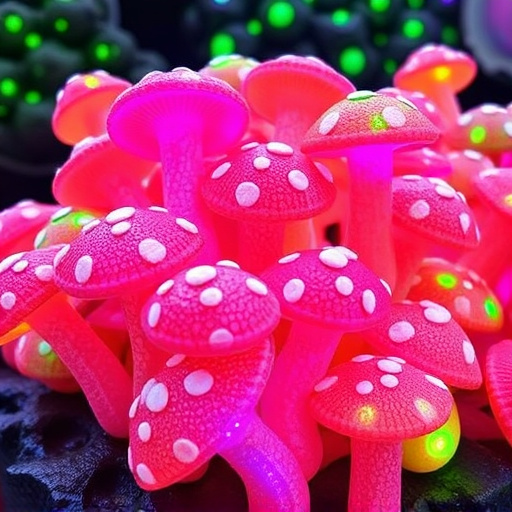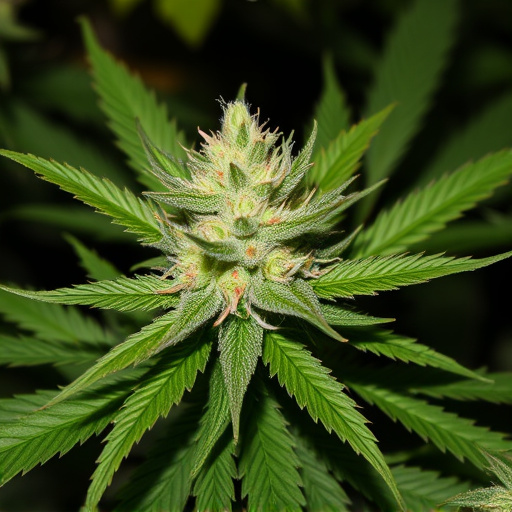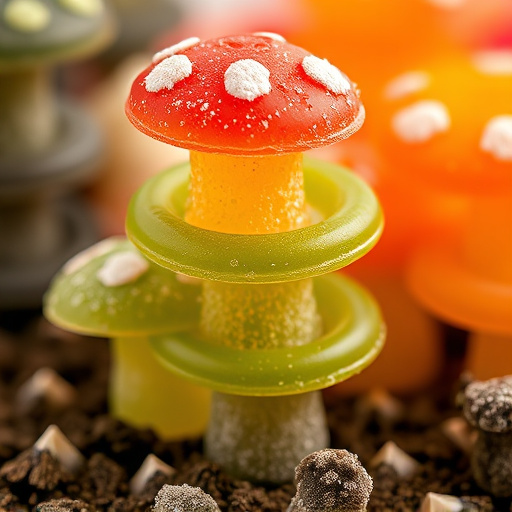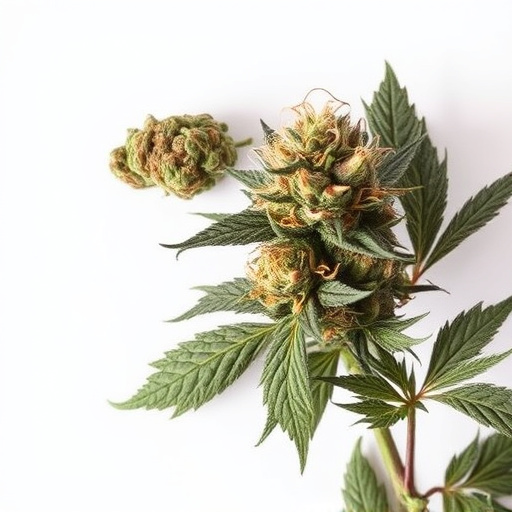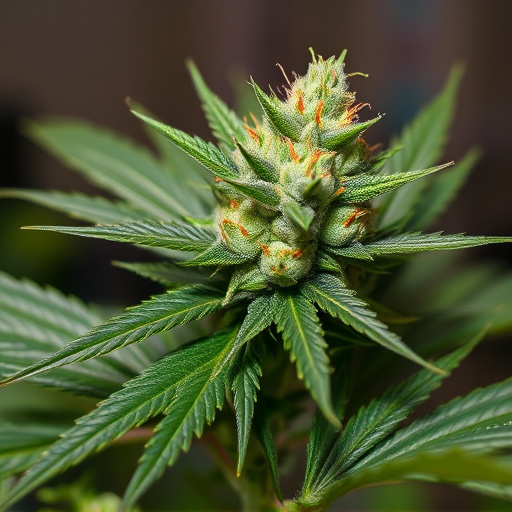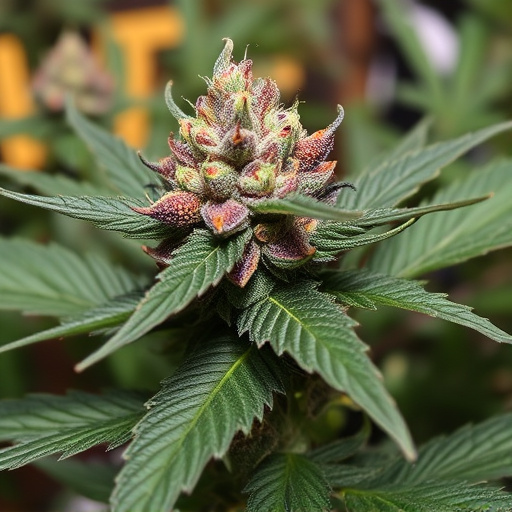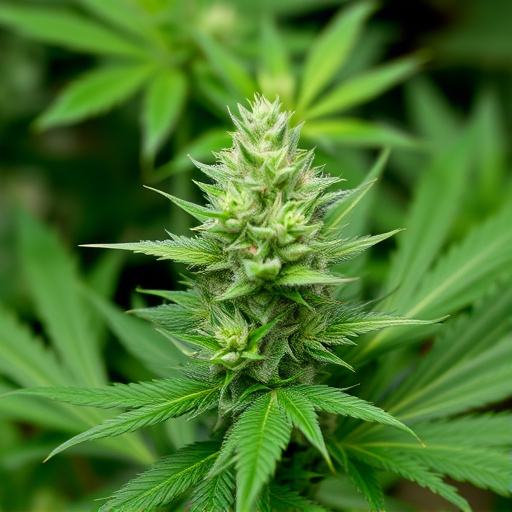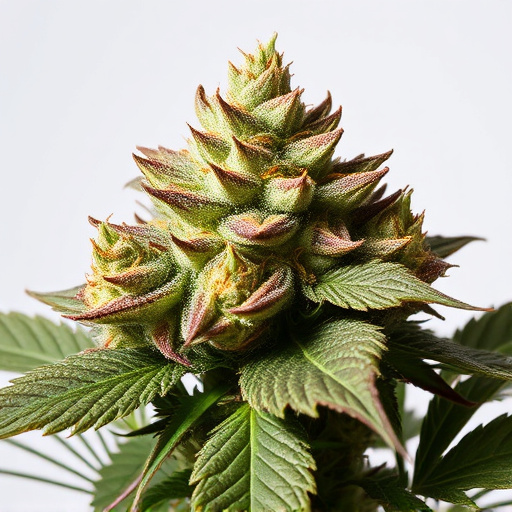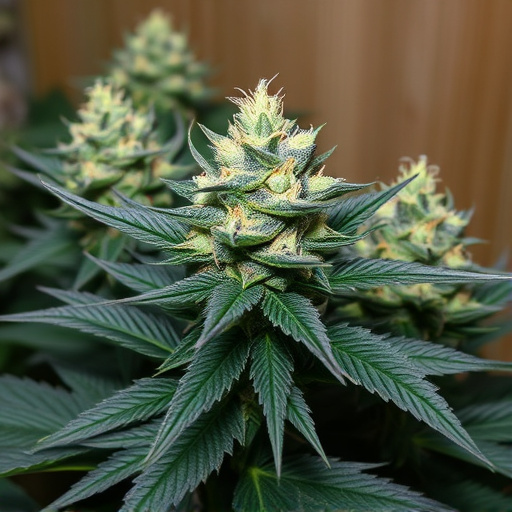Hybrid weed strains, resulting from crossing Indica and Sativa parents with distinct genetic profiles, offer diverse effects due to unique cannabinoid and terpene combinations. While potent, with potentially higher THC levels, their experience is influenced by cultivation practices, terpene profiles, and individual tolerance. Nutrition plays a key role in shaping potency, as essential nutrients support the endocannabinoid system and compounds in food can interact with cannabinoids, modifying effects. Exploring food-cannabis synergies, such as terpenes and flavonoids, offers exciting prospects for personalized cannabis enjoyment.
Curios about whether your diet can amplify the effects of cannabis? Look no further. This article explores the intriguing connection between nutrition and the potency of hybrid weed strains. We dive into how specific foods might enhance your cannabis experience, delving into scientific insights on terpenes, cannabinoids, and the role of nutrients like omega-3s and vitamins. By understanding the interplay between food and hybrid weed strains, you can make informed choices for a more personalized and potent high.
- Understanding Hybrid Weed Strains and Their Effects
- The Role of Nutrition in Cannabis Potency
- Unraveling the Science Behind Food-Enhanced Weed Experience
Understanding Hybrid Weed Strains and Their Effects
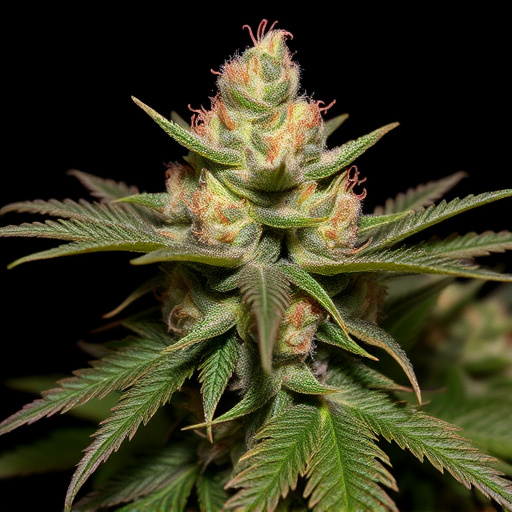
Hybrid weed strains have become increasingly popular, offering a wide range of effects and potencies that can vary significantly from one strain to another. These hybrids are created by crossing two or more parent strains with distinct genetic profiles, resulting in unique combinations of cannabinoids and terpenes. For example, a hybrid might combine the relaxation properties of Indica with the energizing effects of Sativa. This crossbreeding allows for a broader spectrum of experiences, from calming and sedating to invigorating and creative-boosting.
When it comes to potency, hybrid strains can indeed be stronger than their parent varieties due to the enhanced levels of THC (tetrahydrocannabinol), the primary psychoactive compound responsible for most of cannabis’s effects. However, it’s important to note that strength isn’t solely determined by the strain; cultivation practices, terpene profiles, and individual tolerance play significant roles as well. Understanding these factors is crucial for users looking to manage their experiences and make informed decisions about their consumption.
The Role of Nutrition in Cannabis Potency
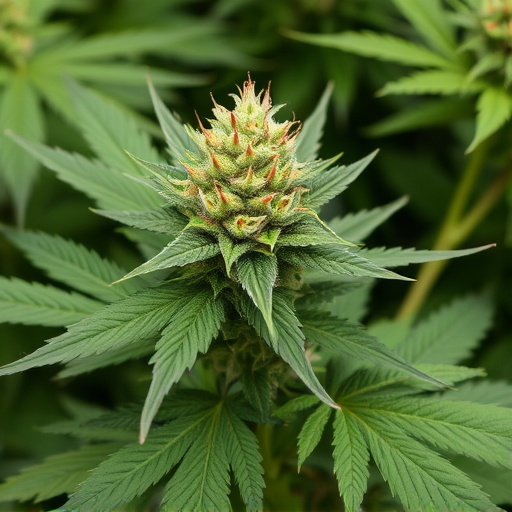
The relationship between nutrition and cannabis potency is an intriguing aspect often overlooked in discussions about marijuana effects. While the primary focus tends to be on the plant’s chemical composition, specifically the levels of THC (tetrahydrocannabinol), nutrition plays a significant role in shaping how potent a particular strain can be. Eating certain foods while under the influence of cannabis may enhance or alter its effects due to the synergistic interaction between the nutrients and cannabinoids present in the body.
Nutrition influences not just overall health but also the way our bodies process and absorb compounds found in hybrid weed strains. Essential nutrients like vitamins, minerals, and omega-3 fatty acids can support endocannabinoid system functionality, which is responsible for regulating various physiological processes, including pain perception, mood, and appetite. A well-balanced diet ensures that cannabinoids interact with the body’s receptors optimally, potentially amplifying the desired effects of a particular hybrid weed strain. Additionally, some foods contain compounds known to interact with THC, such as anandamide, our body’s natural cannabinoid, which can enhance or modify its psychoactive properties, creating a more intense experience.
Unraveling the Science Behind Food-Enhanced Weed Experience
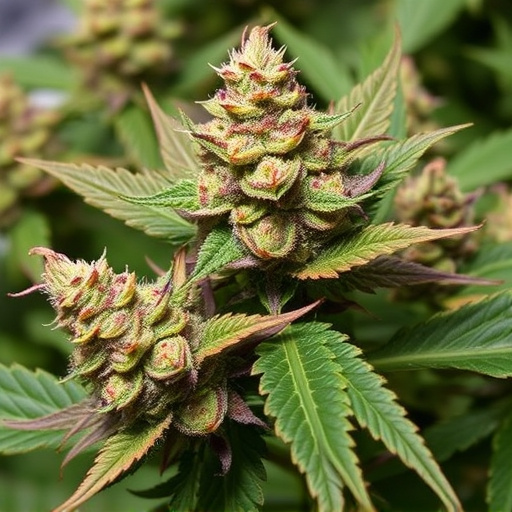
Unraveling the science behind cannabis and its interaction with food is a fascinating journey into the realm of sensory experiences. When it comes to hybrid weed strains, the role of diet in enhancing or altering the effects is an intriguing aspect for many users. While popular belief suggests that specific foods can make weed “stronger,” understanding the biological mechanisms at play is essential.
Research indicates that certain compounds found in food, such as terpenes and flavonoids, naturally present in various fruits, vegetables, and herbs, can interact with cannabis chemicals like THC and CBD. These interactions may result in a modified high, where users perceive heightened sensations or different effects. For instance, consuming foods rich in myrcene, a terpene known for its sedative properties, might complement the relaxing effects of certain hybrid strains. Similarly, flavonoids present in blueberries or black peppers could enhance the overall potency, providing a more intense sensory experience. Exploring these food-cannabis synergies opens up exciting possibilities for personalized and enhanced cannabis enjoyment.
In exploring whether certain foods can make weed stronger, we’ve delved into the intricate relationship between nutrition and cannabis potency. Understanding hybrid weed strains and their unique effects is key, as these genetic blends contribute significantly to the overall experience. The science behind food-enhanced weed suggests that optimal nutrition can indeed amplify the potency and enhance the effects. By considering the role of nutrition, users can navigate and enjoy their cannabis experiences with a newfound appreciation for the interplay between hybrid strains and dietary choices.



